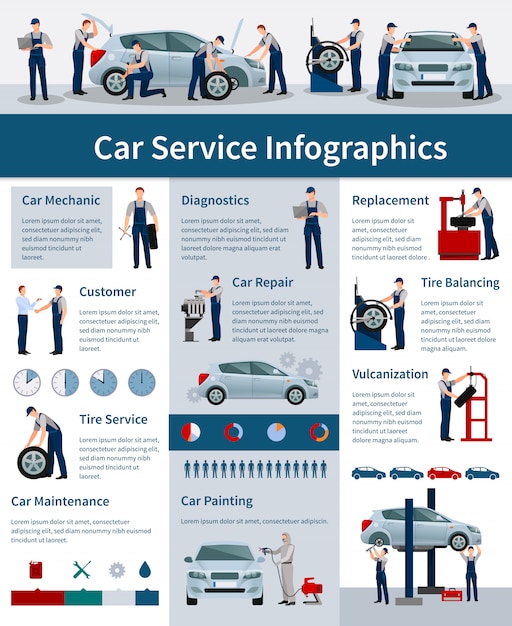Interpreting Your Auto'S Alert Lights: Their Real Ramifications
Interpreting Your Auto'S Alert Lights: Their Real Ramifications
Blog Article
Article Developed By-Lauritsen Gilbert
When you lag the wheel, those radiant caution lights on your control panel can be a little bit difficult. Do you understand what they're trying to inform you about your auto's health and wellness? Recognizing the significance of these lights is essential for your safety and the longevity of your car. So, the next time one of those lights pops up, would not you intend to decode its message properly and take the required steps to address it?
Common Caution Lighting and Interpretations
Recognize usual caution lights in your vehicle and recognize their definitions to ensure secure driving.
The most regular caution lights consist of the check engine light, which signals issues with the engine or exhausts system. If this light comes on, it's vital to have your lorry inspected promptly.
The oil pressure advising light shows low oil pressure, requiring immediate attention to avoid engine damages.
A flashing battery light might suggest a faulty charging system, potentially leaving you stranded if not dealt with.
The tire stress surveillance system (TPMS) light signals you to low tire pressure, influencing automobile stability and gas effectiveness. Disregarding this could lead to dangerous driving conditions.
The abdominal muscle light suggests an issue with the anti-lock stopping system, jeopardizing your capacity to quit rapidly in emergencies.
Last but not least, the coolant temperature level alerting light warns of engine overheating, which can lead to extreme damages otherwise dealt with promptly.
Comprehending Read Much more will certainly help you attend to problems without delay and preserve safe driving conditions.
Relevance of Prompt Focus
Understanding the typical caution lights in your car is only the first step; the importance of promptly attending to these warnings can't be highlighted enough to guarantee your safety when driving.
When a caution light brightens on your dashboard, it's your vehicle's means of communicating a prospective problem that needs focus. Disregarding these warnings can result in extra serious troubles later on, endangering your safety and security and possibly costing you much more in repairs.
Motivate interest to cautioning lights can avoid break downs and accidents. For instance, a blinking check engine light could indicate a misfire that, if left neglected, could trigger damage to the catalytic converter. Addressing this without delay can conserve you from a costly repair.
Likewise, https://ecu-tune-cost84051.blogproducer.com/36792348/evaluating-your-automobile-s-warning-indicators-what-they-really-share alerting light may signify low brake fluid or worn brake pads, vital elements for your security when driving.
DIY Troubleshooting Tips
If you discover a warning light on your dashboard, there are a few do it yourself fixing pointers you can attempt before seeking specialist aid.
The primary step is to consult your automobile's handbook to recognize what the specific caution light shows. Sometimes the problem can be as straightforward as a loosened gas cap activating the check engine light. Tightening the gas cap may deal with the problem.
An additional common problem is a low battery, which can cause different advising lights. Examining the battery connections for deterioration and ensuring they're protected might fix the issue.
If a caution light persists, you can attempt resetting it by separating the cars and truck's battery for a few minutes and then reconnecting it. Furthermore, inspecting your car's liquid degrees, such as oil, coolant, and brake fluid, can help fix alerting lights associated with these systems.
Conclusion
In conclusion, comprehending your automobile's warning lights is crucial for keeping your automobile running smoothly and securely. By without delay resolving these alerts and knowing what they imply, you can prevent pricey repairs and possible failures.
Keep in visit web site to consult your vehicle's manual for specific information on each cautioning light and take action as necessary to guarantee a trouble-free driving experience.
Keep educated, remain safe when driving!
